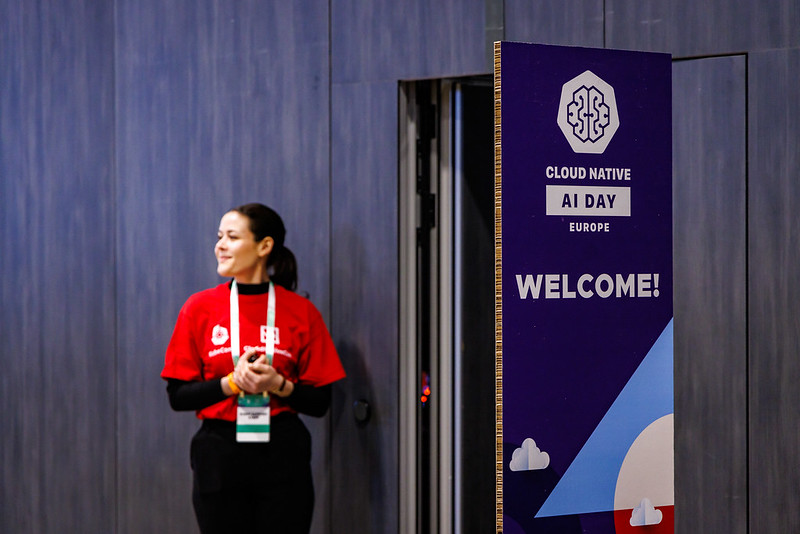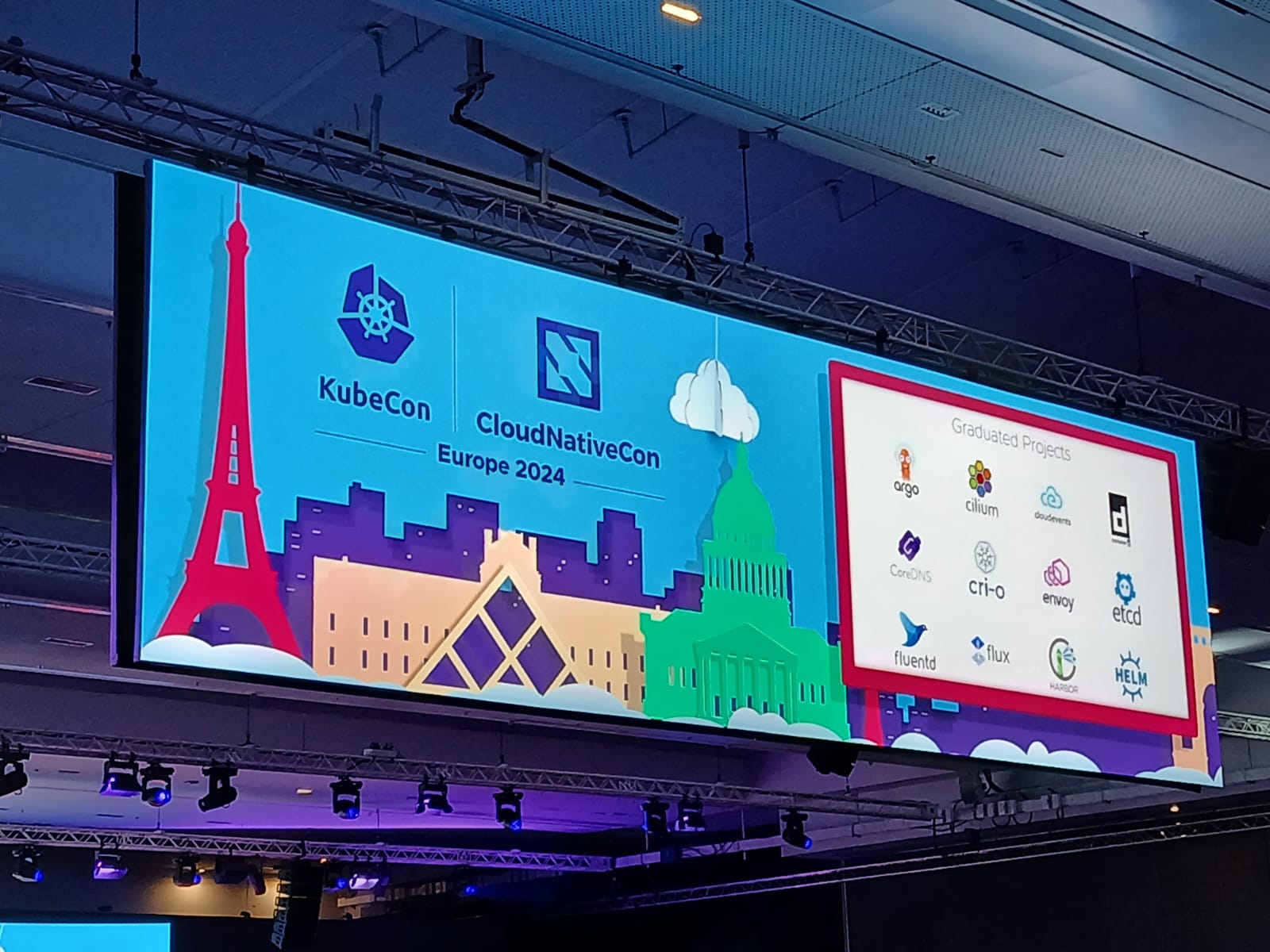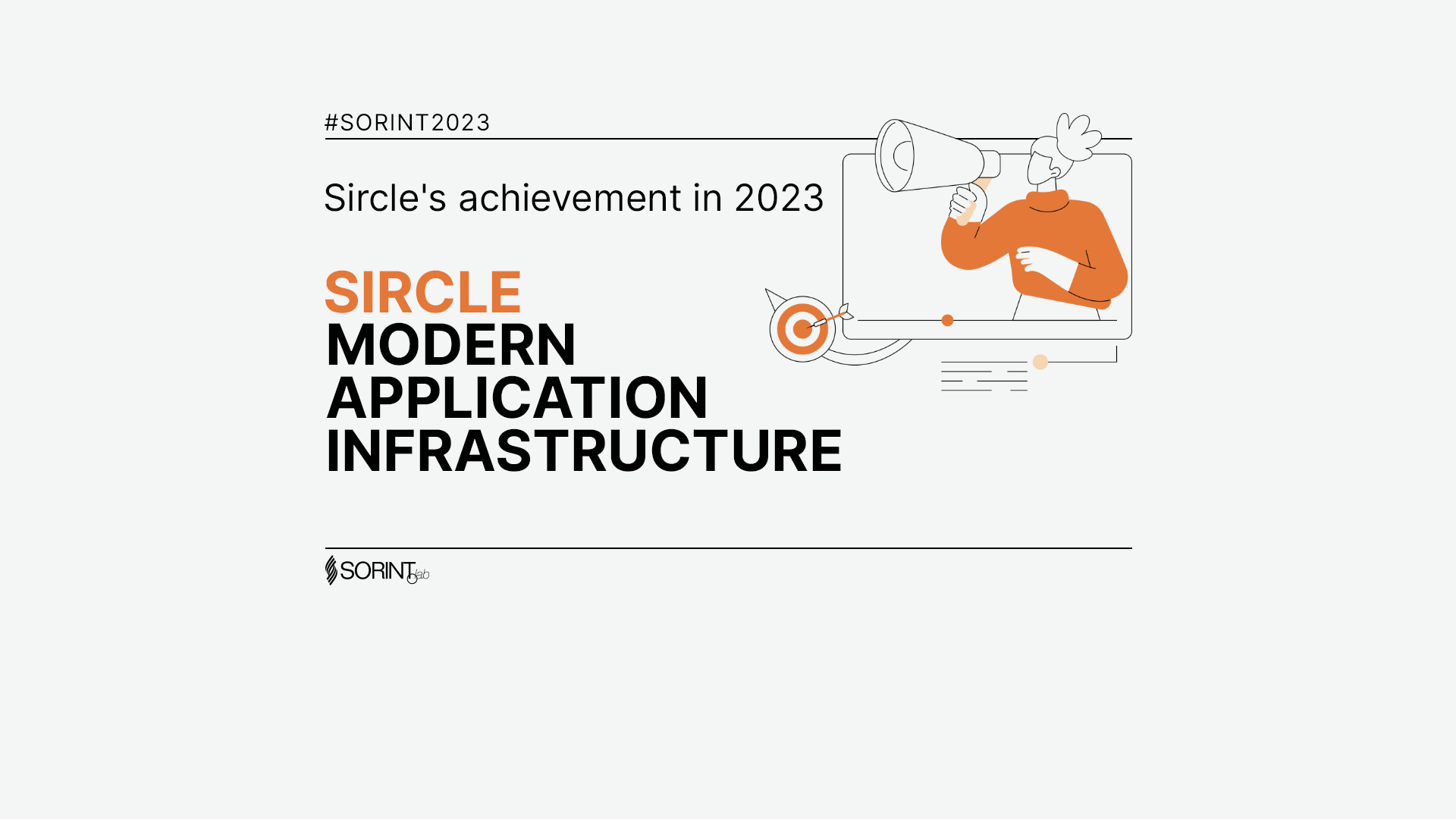KubeCon + CloudNativeCon 2024 Day Three
-
Mateus Pavei Menegon
- 27 Mar, 2024
- 02 Mins read

The proliferation of data-driven processes and the adoption of advanced technologies demand significant computational resources, which in turn can strain energy consumption and exacerbate environmental degradation. This backdrop of digital transformation, the integration of cloud-native principles holds promise in fostering sustainability within the technological landscape. By leveraging the scalability, efficiency, and flexibility inherent in cloud-native architectures, organizations can optimize resource utilization, minimize waste, and ultimately reduce their carbon footprint. This necessitates a strategic reevaluation of existing infrastructure paradigms to align with environmentally conscious practices, thus paving the way for a more sustainable approach to technological innovation.
Revolutionizing Cloud Native Architectures
In the pursuit of more sustainable computing practices, Taylor Dolezal's keynote shed light on the evolving landscape of cloud native architectures. He emphasized the importance of leveraging WebAssembly as a lightweight alternative, contrasting it with traditional heavyweight virtual machines and containers. Michelle Dhanani's analogy of cloud computing to a boxing match further emphasized the agility and nimbleness of WebAssembly, positioning it as the next frontier in cloud-native development. Kai Walter's practical example from ZEISS Group showcased tangible efficiency gains achieved through the integration of SpinKube and WebAssembly, highlighting its potential to streamline development and deployment processes while significantly reducing resource consumption. The presentation underscored the pivotal role of innovative technologies in driving sustainability within the cloud-native ecosystem.
Awards Ceremony
The CNCF's recognition of exceptional contributions within the community celebrated the strides made towards embracing cloud-native practices. CERN's victory symbolized a significant achievement in transitioning towards cloud-native architectures, as Ricardo Rocha articulated the transformative impact of this shift. The establishment of the End User Technical Advisory Board (TAB) by Alolita Sharma further emphasized the collaborative nature of the community, fostering engagement and knowledge-sharing among end users. The awards ceremony not only honored exemplary achievements but also served as a catalyst for further innovation and collaboration within the cloud-native ecosystem, reaffirming the commitment towards sustainability and excellence.
Building IT Green
Gualter Barbas Baptista's keynote illuminated Deutsche Bahn's endeavor to make train transport more sustainable through innovative IT practices. By focusing on optimizing cloud operations and developing energy efficiency measurement tools, Baptista outlined a comprehensive approach to reduce environmental impact while meeting operational demands. The emphasis on empowering developers to make efficient decisions underscored the importance of grassroots initiatives in driving sustainability within large organizations. The three-tiered approach presented by Deutsche Bahn, encompassing technology platforms, visibility tools, and data-driven insights, provided a roadmap for other enterprises seeking to adopt greener IT practices.
Innovating Responsibly
Addressed the imperative of sustainability in scaling infrastructure, looking for responsible innovation in the era of Kubernetes. Adrienne Jan's insights from Scaleway highlighted the role of code audits in reducing carbon footprint, signaling a shift towards environmentally conscious coding practices. David Meder-Marouelli and Todd Ekenstam's perspectives on optimization strategies for servers and autoscaling in Kubernetes environments provided actionable insights for enhancing resource efficiency. Subramanian's call for collaboration in making cloud sustainability actionable underscored the collective responsibility of the cloud-native community in mitigating environmental impact while driving technological innovation.







